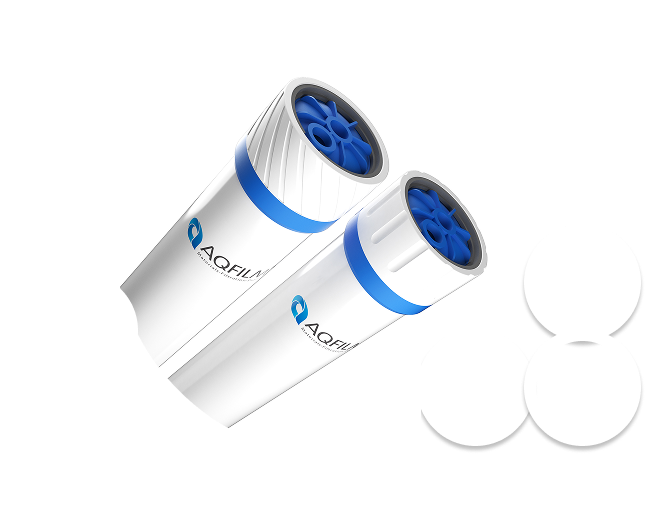AFS Series
The AFS submerged ultrafiltration membrane relies on gravity or the negative pressure of a suction pump to drive the water to be treated through the micropores of the membrane filaments under a pressure difference. The water becomes produced water that enters the interior of the membrane filaments, that is collected and discharged through a water collecting pipe. Impurities such as suspended solids, colloids, bacteria, and macromolecular organic matter in the water are intercepted on the outer side of the membrane filaments, so as to achieve water purification and separation.





